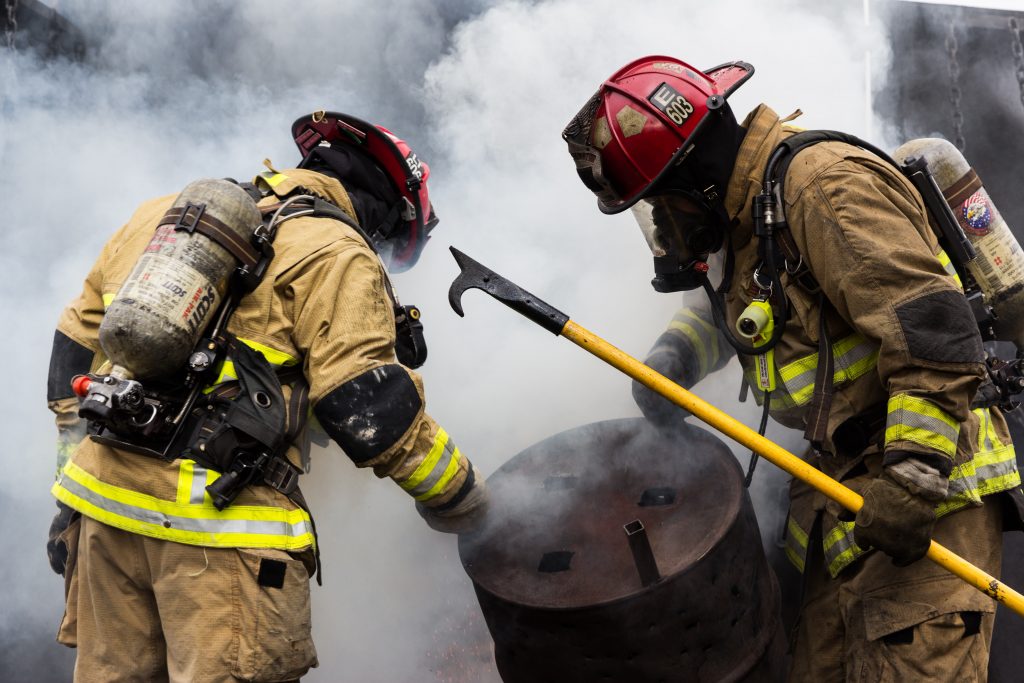
What is the problem?
Firefighters do physically difficult tasks in a harsh environment over long periods of time. Musculoskeletal symptoms (injuries) can be caused by trauma to bone and/or muscles, repetitive work, or awkward postures and movement. The purpose of this study was to describe the proportion and bodily location of musculoskeletal injuries among male and female firefighters and to see if age, sex, or length of service is linked with musculoskeletal symptoms.
How did the team study the problem?
A total of 390 career firefighters from across Canada answered a standard 11-item questionnaire. Firefighters were asked if they have experienced pain in any body region within the last week, If their response was “Yes”, they were asked indicate the body areas where they felt pain (e.g., head, neck, shoulder, back, knee) within the last week. The painful region was used to define the presence and location of musculoskeletal symptoms. We then reported musculoskeletal symptoms in male and female firefighters as percentages.
What did the team find?
We found 54% of all firefighters (212 out of 390) reported having some type of musculoskeletal symptoms within the last week. In male firefighters, the top four most reported body areas with musculoskeletal symptoms were: 31% in the back region, 25% in the shoulder region, 21% in the knee region, and 17% in the neck region. In female firefighters, the top four most reported body areas with musculoskeletal symptoms were: 33% in the back region, 24% in the neck region, 20% in the shoulder region, and 12% in the knee region. The female firefighters also indicated a 1.4-1.6 times greater likelihood of reporting musculoskeletal symptoms when compared to males (while keeping differences in age and years of service fixed).
How can this research be used?
The results from this FIREWELL study highlight the alarmingly high rates of musculoskeletal symptoms among firefighters across Canada. Results from this study can be used to help develop firefighter-specific and research-driven rehabilitation programs to improve firefighters’ health and fitness and prevent work-related injuries.
Cautions
Our study measured the frequency and bodily location of musculoskeletal symptoms, and not the degree to which these symptoms affected firefighters. It is also possible that some firefighters might have been off duty at the time of this study and, therefore, were unable to provide us their experience of musculoskeletal symptoms.
Reference: Nazari G, MacDermid JC, Sinden K, D’Amico R. Prevalence of Musculoskeletal Symptoms Among Canadian Firefighters Work, 2020: 67 (1), 185-191
Funding Sources: Canadian Institutes for Health Research (FRN: 114112) & Ministry of Labor FRN #13-R-027
